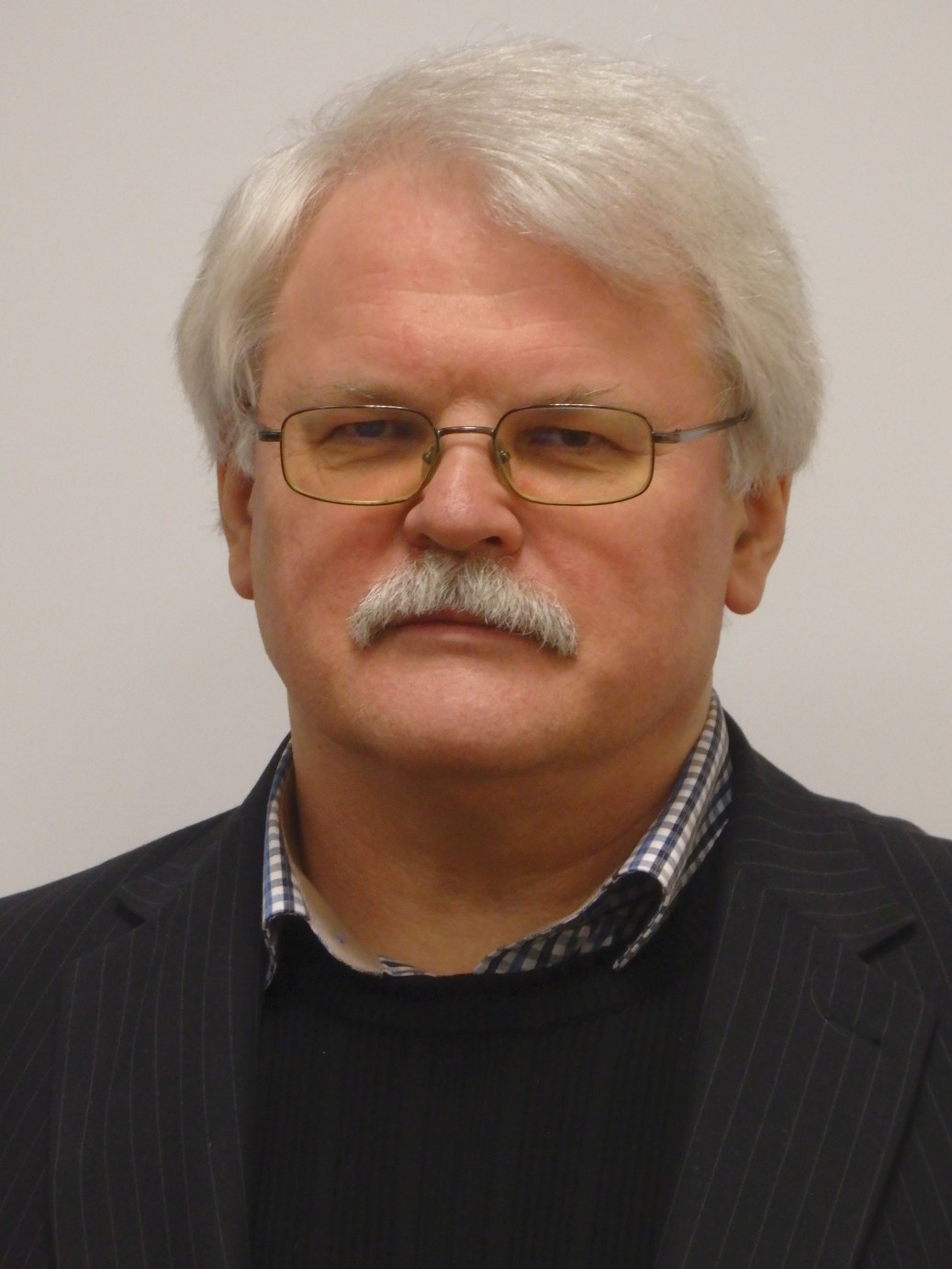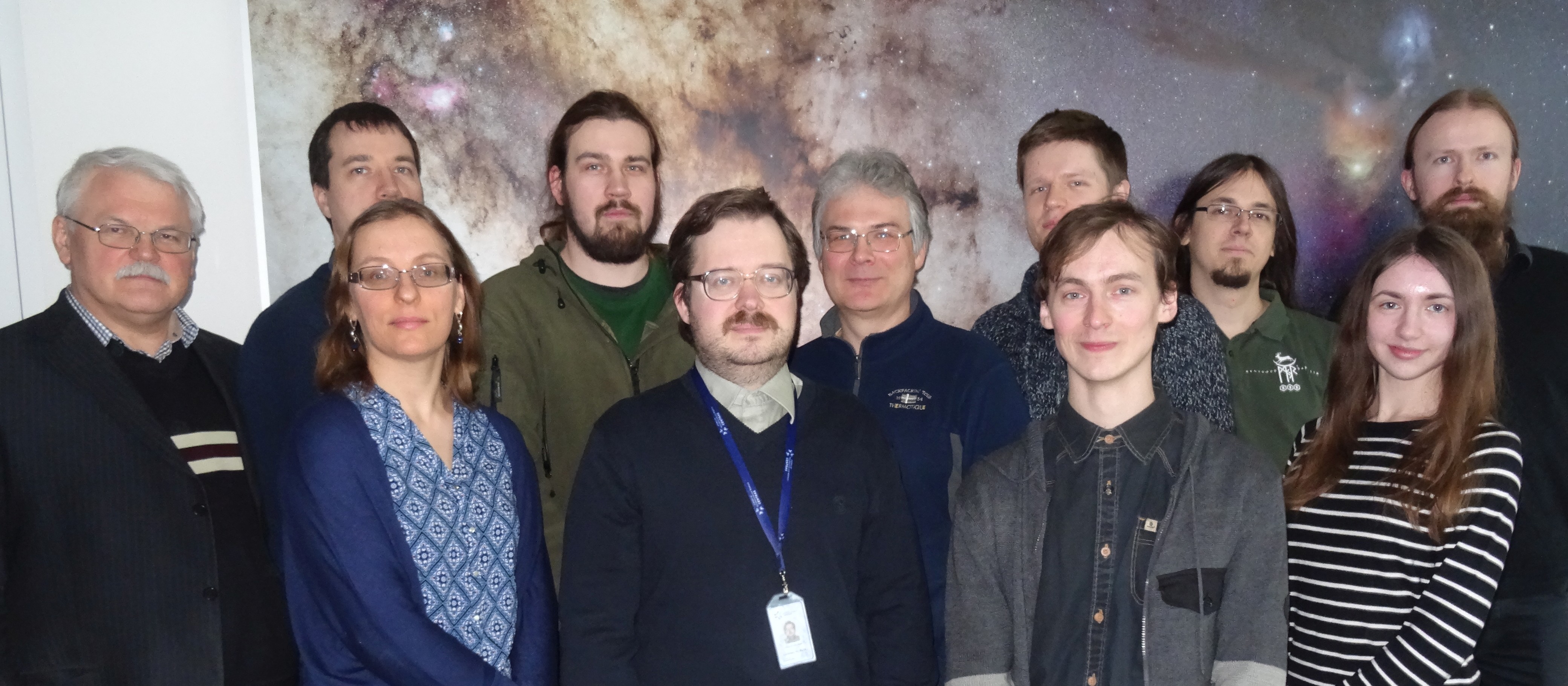|
 Head of the laboratory - prof. dr. Vladas Vansevičius Head of the laboratory - prof. dr. Vladas Vansevičius
phone +370 5 2619466
GOAL:
Characterisation and modelling of complex megasystems.
Tasks:
1. Development and application of megasystem characterisation methods
Algorithms for the detection and characterisation of galaxies are designed on the basis of artificial convolutional neural networks; they are intended for automated analysis of observational data taken with various telescopes. Algorithms are trained by performing a realistic modelling of observational data over a wide range of chemo-dynamic and spectrophotometric parameters of the object population. The most likely values of parameters characterising the objects are determined by solving inverse problems using MCMC-family algorithms. The detection algorithm for dwarf galaxies and star clusters is being trained using archival photographs taken with the Hubble Space Telescope. The possibility of applying this algorithm to the data of the upcoming Euclid space observatory is investigated by simulating the observations of this space observatory.
2. Investigation of chemo-dynamical evolution of complex megasystems
The chemo-dynamical evolution of galaxies is investigated using a multiphase stochastic star formation model, which enables investigation of a large space of physical parameters describing the galaxy properties and evaluation of the influence of observable parameter stochasticity on the reproduction of galactic evolutionary scenarios. Numerical modelling is performed using a modified version of the hybrid SPH/N-body code GADGET-3. A varied analysis and visualisation of the simulation results is undertaken, qualitative and quantitative determination of similarity to real systems is performed. An algorithm for recreating star formation histories is developed based on interpreting individual star observations using the Bayes method; the algorithm is used to investigate the chemo-dynamical evolution of dwarf galaxies. Star formation processes under extreme conditions are investigated, in an attempt to explain the influence of the central parts of our Galaxy on the whole system from the centre to the halo – changes to star formation, the morphology and dynamics of gas clouds. The model of Galactic activity will be applied to other galaxies and the possibility of detecting footprints of past activity determined.
|

 Head of the laboratory - prof. dr.
Head of the laboratory - prof. dr.